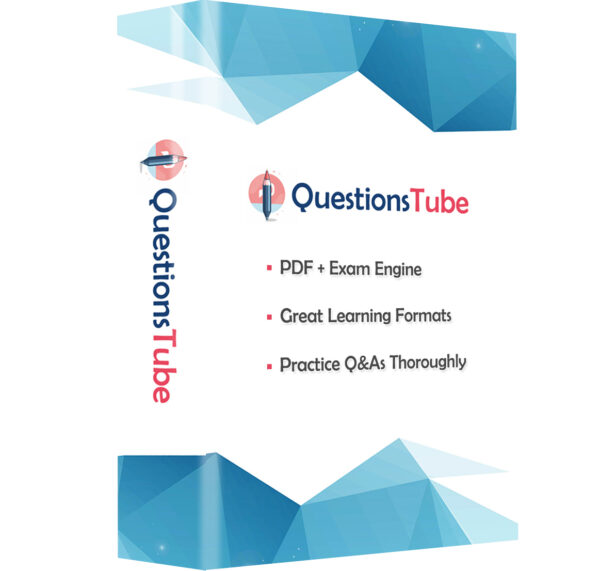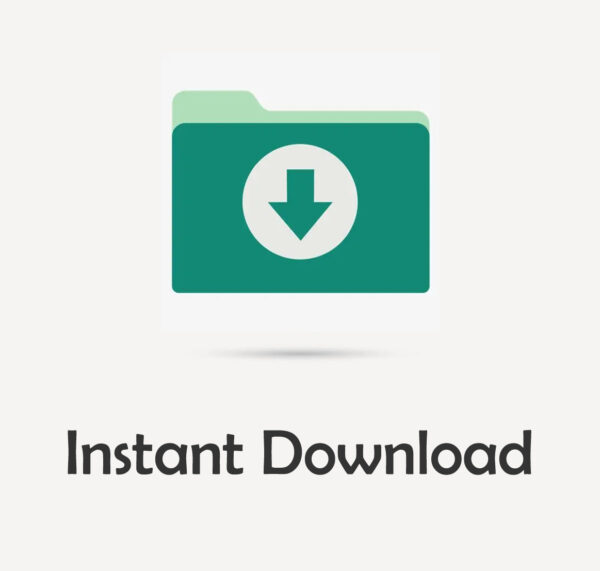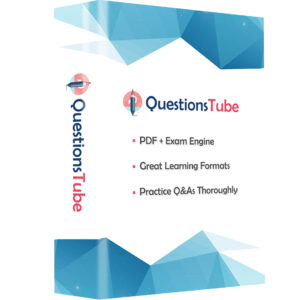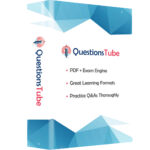Order our PL-400 Practice Questions Today and Get Ready to Pass with Flying Colors!
Go To test PL-400 Free Questions
Product Description
The Microsoft Power Platform Developer certification is highly valued in the IT industry and obtaining it can open a variety of career opportunities. One of the best ways to prepare for the Microsoft PL-400 exam is by practicing with high-quality practice questions and understand the answers. QuestionsTube offers PL-400 exam questions with precise answers online for helping you make preparation for PL-400 exam.
Microsoft Certification PL-400 Exam Information
The Microsoft Power Platform Developer PL-400 exam is the part of the requirements for Microsoft Certified: Power Platform Developer Associate certification. Candidates for PL-400 exam design, develop, test, secure, and troubleshoot Microsoft Power Platform solutions. They implement components of a solution that include application enhancements, custom user experiences, system integrations, data conversions, and custom process automation. The Microsoft PL-400 exam is available in multiple languages, including German, English, Spanish, French, Italian, Japanese, Portuguese (Brazil), Chinese (Simplified). Make sure that you can pass the PL-400 exam and earn the Microsoft Certified: Power Platform Developer Associate certification to promote your positions.
To make sure that you can prepare for the PL-400 exam well, you need to read all exam objectives first:
- Design and validate the technical architecture for a solution
- Design authentication and authorization strategy
- Determine whether you can meet requirements with out-of-the-box functionality
- Determine when to use Logic Apps versus Power Automate flows
- Determine when to use serverless computing, plug-ins, or Power Automate
- Determine when to build a virtual table data source provider and when to use connectors
- Design a Microsoft Dataverse data model
- Design Power Apps reusable components
- Design custom connectors
- Design server-side components
- Determine when to extend business process flows by using server-side and client-side code or Power Automate
- Describe Power Virtual Agents extensibility points including Bot Framework skills and Power Automate flows
- Describe Power Apps portal extensibility points including CRUD APIs and custom styling
- Describe Dataverse custom APIs and their uses
- Troubleshoot operational security issues
- Create or update security roles and column-level security profiles
- Configure business units and teams
- Configure tables and table options
- Configure columns
- Configure relationships and types of behaviors
- Create solutions and manage solution components
- Import and export solutions
- Manage solution dependencies
- Implement source control for projects including solutions and code assets
- Create and use environment variables
- Describe how to use Package Deployer and associated tools to create a package
- Describe application lifecycle management concepts
- Configure a model-driven app
- Configure forms
- Configure views
- Configure commands and buttons
- Create and configure a canvas app or a custom page
- Implement complex formulas to manage control events and properties
- Build reusable component libraries
- Test an app by using Test Studio
- Embed an app in Microsoft Teams
- Troubleshoot app issues by using Monitor and other browser-based debugging tools
- Identify and resolve connector and API errors
- Optimize app performance including pre-loading data and query delegation
- Build a cloud flow
- Configure steps to use Dataverse connector actions and triggers
- Implement complex expressions in flow steps
- Implement error handling
- Create and configure business process flows
- Create and configure business rules
- Create, manage, and interact with business process flows by using server-side and client-side code
- Troubleshoot processes
- Create JavaScript or Typescript code that targets the Client API object model
- Register an event handler
- Create client-side scripts that target the Dataverse Web API
- Describe the code component lifecycle
- Initialize a new code component
- Configure a code component manifest
- Implement component interfaces
- Package, deploy, and consume a component
- Configure and use Device, Utility, and WebAPI features
- Create a command function
- Design command button rules and actions
- Manage dependencies between JavaScript libraries
- Describe the plug-in execution pipeline
- Design and develop a plug-in
- Debug and troubleshoot a plug-in
- Implement business logic by using pre-images and post-images
- Perform operations on data by using the Organization service API
- Optimize plug-in performance by configuring concurrency, and transactions
- Configure a Dataverse custom API message
- Register custom assemblies by using the Plug-in Registration Tool
- Develop a plug-in that targets a custom action message
- Create a definition for the API
- Configure API security
- Use policy templates to modify connector behavior at runtime
- Create custom connectors for public APIs by using Postman
- Interact with data and processes by using the Dataverse Web API or the Organization Service
- Implement API limit retry policies
- Optimize for performance, concurrency, transactions, and batching
- Perform authentication by using OAuth
- Process long-running operations by using Azure Functions
- Configure scheduled and event-driven function triggers in Azure Functions
- Authenticate to Microsoft Power Platform by using managed identities
- Publish an event by using the API
- Publish an event by using the Plug-in Registration Tool
- Register service endpoints including webhooks, Azure Service Bus, and Azure Event Hub
- Implement a Dataverse listener for an Azure solution
- Create an Azure Function that interacts with Microsoft Power Platform
- Configure table change tracking
- Read table change records by using platform APIs
- Create and use alternate keys
PL-400 Practice Questions with Precise Answers
PL-400 practice questions of QuestionsTube are designed to help you prepare for the Microsoft Power Platform Developer exam by providing a thorough understanding of the exam topics. Each question is accompanied by a precise answer and a detailed explanation that help you understand the concept behind the question. This ensures that you not only memorize the correct answer but also understand the reasoning behind it.
Multiple Formats and Free Updates
QuestionsTube offers Microsoft PL-400 practice questions in two formats: PDF and Exam Engine. The PDF format allows you to study the questions on any device, while the Exam Engine format simulates the real exam experience. The two formats can be downloaded directly without waiting. Additionally, we offer free updates for different periods, including 3-month, 6-month, and 1-year intervals. This ensures that you have access to the most up-to-date content, and you can prepare for the PL-400 exam with confidence.
Money-Back Guarantee
We are confident in the quality of our PL-400 practice exam questions and offer a money-back guarantee. If you fail the exam with the PL-400 exam questions, we will refund your purchase price. This policy ensures that you can purchase our product with confidence, knowing that you are not taking any financial risk.
In conclusion, the Microsoft PL-400 study materials of QuestionsTube are an excellent resource for anyone preparing for the Microsoft Power Platform Developer exam. By using the PL-400 exam questions, you can prepare for the exam with confidence and increase your chances of passing the PL-400 exam on the first try.










Reviews
There are no reviews yet.